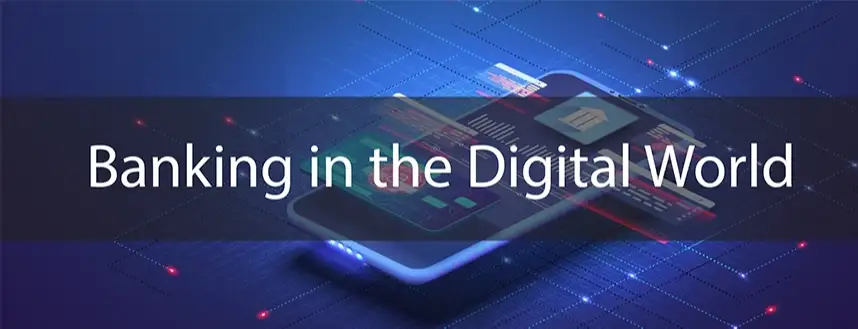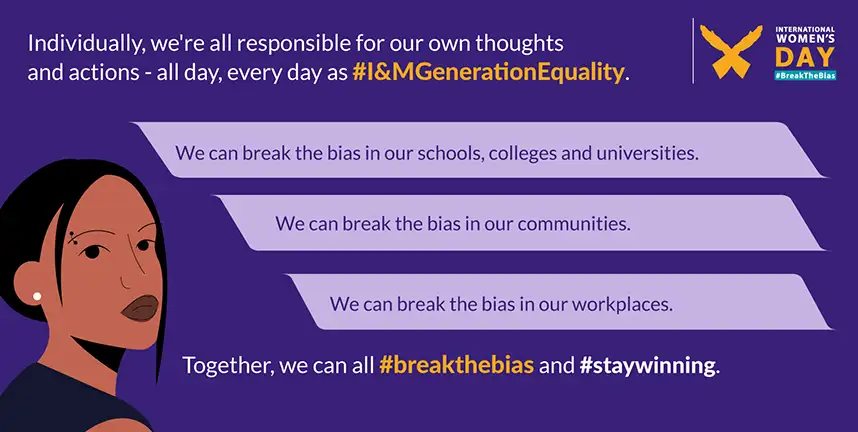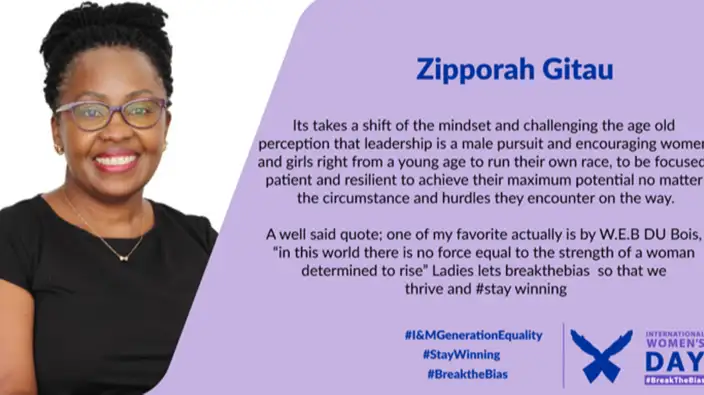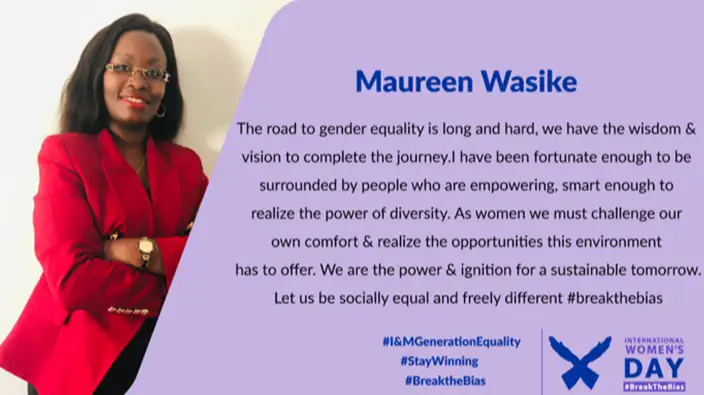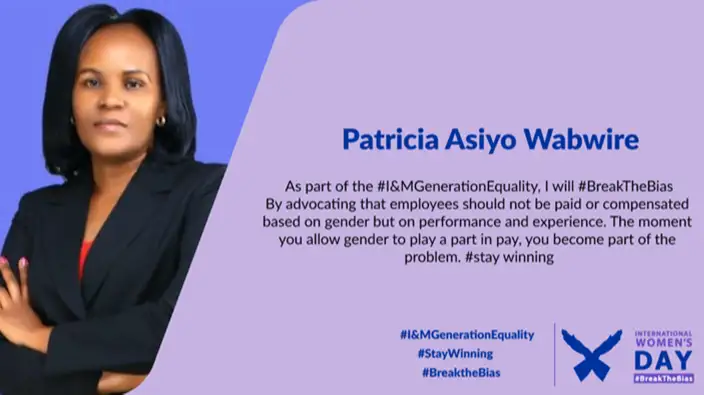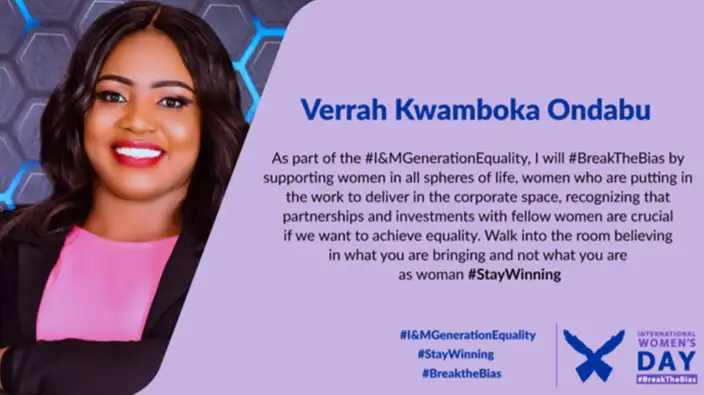Howdy, hope you are holding up well. January is a month where most people create resolutions and plan for the year. Financial success usually appears in most people’s goals for the year. We all know the 1st step to working towards your goal is creating a plan and today I’ll walk you through how to create a financial plan. Here is a step-by-step guide to help you build a personal financial plan that will see you achieve your financial goals and maintaining financial stability
Step 1: Determine your financial goals
The first step in creating a personal financial plan is to determine what your financial goals are. These goals could include buying a house, paying off debt, saving for retirement, or building an emergency fund. Be specific and realistic with your goals, and set a timeline for achieving them.
Step 2: Assess your current financial situation
Next, assess your current financial situation by reviewing your income, expenses, and debts. This will give you a clear picture of where you stand financially and help you determine which areas you need to focus on.
Step 3: Create a budget
Once you have a clear picture of your income and expenses, create a budget that will allow you to meet your financial goals. A budget will help you keep track of your expenses, and ensure that you are saving enough money each month to reach your goals.
Step 4: Make a plan to reduce debt
If you have a lot of debt, creating a plan to reduce it should be a priority. Identify which debts have the highest interest rates and focus on paying those off first. You may also consider consolidating your debt or exploring debt management options.
Step 5: Invest for the future
Saving for retirement and other long-term goals should also be a priority. Consider setting up a retirement account or enroll to a pension scheme if you are not on any. If you have money left over after paying your bills and saving for your goals, invest it in low-cost index funds, which can provide a good return over the long-term.
Step 6: Review and update your plan regularly
Your personal financial plan is not set in stone, and it should be reviewed and updated regularly to ensure that it is still on track to achieving your goals. Life changes, such as a new job or the birth of a child, can have a big impact on your finances, so it's important to keep your plan current.
Today I would like to keep it brief and to the point, so I’ll finish at this point. By following these steps, you can create a personal financial plan that will help you achieve your financial goals and maintain financial stability. You may also seek the help of an expert to help you plan and execute a solid financial plan that will work to your benefit. The I&M Wealth Management team are knowledgeable and well experienced to help plan your finances and make your money work for you. You can reach out to them on [email protected] or telephone: +254 (20) 322 1000, +254 719 088 030 or +254 719 088 032
Regards,
Seline Awuor















